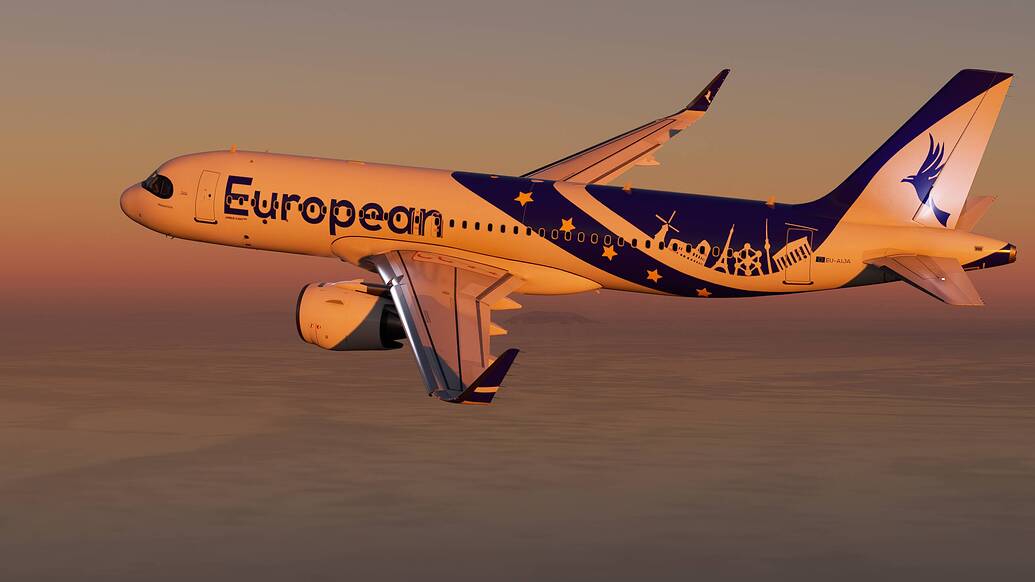

Alongside that, Roger Wilco (software) was used to facilitate voice communications between pilots and ATC, with ATC denoting that voice communications were available with them with the callsign format XXXX_V_TWR, alongside putting their voice server IP and voice room name in their ATIS. Sometime in 2002, ProController was slowly being phased out in favour of ASRC (Advanced Simulated Radar Client), created by Mike Evans and David Hendleman, and was released to the public in early 2003.

The SquawkBox pilot client was retired for use on the network on April 1 2021, due to its not being in active development, which made it incompatible with fast position updates that are brought with VATSIM Velocity. Screenshot of the ASRC (Advanced Simulated Radar Client) program that was used by ATC on VATSIM ProController was retired as an approved ATC client on March 13, 2004. The FSD Server was created by Marty Bochane to provide the signaling infrastructure and logic required to integrate ProController and Squawkbox, enabling users to fly in real-world weather conditions. ProController, a radar-simulation program also developed by Jason Grooms, was created in the same year to connect virtual pilots with virtual controllers. In 1997, SquawkBox was created by Jason Grooms as an add-on for Microsoft Flight Simulator 95, enhancing the built-in multiplayer features to allow large numbers of players to connect to the game. The advent of the Internet in the mid-1990s enabled users of modern flight simulators to fly together using multiplayer functionality. In 2020, VATSIM announced it had achieved 100,000 active users for the first time, an increase of 20,000 users in two years. The board drew up terms of agreement with Randy Whistler, the then President of SATCO, declaring VATSIM the official successor of SATCO. This occurred after the founding of another network, IVAO, which was more European-oriented, unlike SATCO, which was more American-oriented. Spearheaded by Harvey Stein, the founding of VATSIM was announced on July 12, 2001, following the dissolution of the Simulated Air Traffic Controllers Organization (SATCO). Consequently, the network has been described as bringing immersion to what was historically a solitary exercise and credited with playing a key role in the commodification of flight-simulation software. Events in the simulation are not hard coded on the network but rather emerge through human interaction and error.
#Flight simulator x virtual airlines how to
This was introduced on September 1, 2020, alongside a further restructuring of the pilot rating system to teach VATSIM users how to properly use the network and reduce the number of cases of pilots connecting without knowing what to do in busy airspace, causing disruption and frustration for some controllers.īecause the simulation adheres as closely as possible to real-life aviation procedures and radio phraseology, VATSIM can function as a training aid for student pilots lacking experience and private and commercial pilots looking to enhance their skills in radio communications. Upon registering for the VATSIM network, new users have to undertake an entry-level test about basic piloting skills and about the rules of the network.
#Flight simulator x virtual airlines code
The network also has a volunteer team of supervisors that help those who may need assistance in flying on the network and also help resolve reports of other fellow users breaking the VATSIM Code of Conduct. Operating procedures within each area reflect local standards. These regions are further subdivided into divisions, some of which further divide into virtual area control centers, and virtual air route traffic control centers. The main organs of the network consist of the Board of Governors, three of whom are responsible for one of the three geographic regions-namely, the Europe, the Middle East and Africa region, the Asia-Pacific region, and the Americas region, referred to as VATEMEA, VATAPAC and VATAMAS respectively. Users are required to use custom software, designated as approved clients, in order to connect to the simulation.

Communications between pilots and controllers are carried out using integrated VoIP or in-game text messages.


 0 kommentar(er)
0 kommentar(er)
